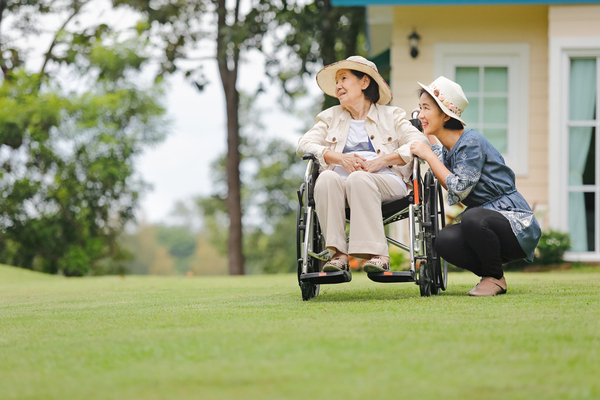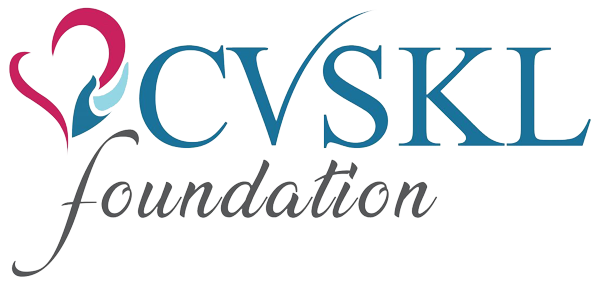Depending on the site of the puncture, a compress will be applied for 15 minutes to 30 minutes.
If the radial artery (wrist) was used, a compression device known as TR Band® will help to stop the bleeding at your wrist without compromising the blood flow to your fingers.
Remember to:
- Avoid flexing and extending your wrist.
- Avoid shaking hands.
- Avoid sudden clenches and releases of your fist.
- Avoid heavy lifting.

If the groin artery (femoral) was used, a pressure dressing and sandbag will be applied at the femoral puncture site for 6 hours to prevent swelling and bleeding. Please remember:
- Keep your leg straight for at least 6 hours.
- DO NOT bend the affected leg for 6 hours to allow the blood vessel to heal completely.
Please call for a nurse to press on the wound if you feel like coughing. This will prevent bleeding from the punctured site.
You will be closely monitored at the recovery area of the Invasive Cardiac Laboratory. The nurses will constantly monitor your blood pressure, pulse, heart rhythm, blood oxygen saturation and the bleeding status of your puncture wound.
Once your vital signs are stable, our ward staff will accompany you to the normal ward if you had an angiogram or to the High Dependency Unit (HDU) if you had an angioplasty.
Call the nurse immediately if you feel a sharp pain or any pressure, warmth or dampness at your puncture site as this may indicate bleeding.
Notify the nurse immediately if you feel cold, chest discomfort, numbness, weakness, swelling or pain after the angiogram.
You should take note of the bleeding status and observe for any changes at the punctured site.
There should be NO bleeding from the puncture site. If there is, please follow the following steps:
- Lie down flat and have someone use a clean cloth, and press firmly with their fingertips over the puncture site for five minutes.
- When the bleeding stops, take off the old dressing and apply a clean band-aid.
- If the bleeding cannot be stopped, call an ambulance. Keep firm pressure on the site.
It is normal to feel some tenderness at the site for the next few days. Swelling and bruising will go away within the next few weeks. The dressing over the site may be taken off after 24 hours. Keep the puncture site clean and dry.
Please notify your doctors if the puncture site shows any of the following:
- An increase in bruising or swelling.
- Signs of infection such as pain, swelling, drainage, redness, chill, or fever.
- A cold, numb, or “blue” foot or hand on the same limb as the puncture site.

PLEASE DO NOT IGNORE THESE SYMPTOMS (e.g. chest pain, palpitation, discomfort, shortness of breath)
- Stop what you are doing and sit down.
- Call for help.
- If prescribed, take your Nitroglycerin until the pain is relieved. If the pain persists, please call the ambulance.
DO NOT drive yourself to the hospital.
Frequently Asked Questions
DO NOT do any strenuous exercises and do not lift, pull or ush anything heavy for the first 5 days.
You may remove the hospital dressing and take a bath 24 hours after the procedure. Please clean your wound puncture with a clean cloth and keep it dry. DO NOT take a bath in the hot tub for 3 days.
DO NOT drive any vehicle or operate machinery for at least 24 hours after an angiogram and 48 hours if angioplasty is carried out.
Ask your cardiologist when are you able to return to work if you have had a heart attack.
Yes! You should start adopting a heart-healthy diet once you go home. Avoid foods which are high in cholesterol and salt and increase your intake of fruits and vegetables. You should also drink plenty of water as it helps to flush away the contrast from your body. However, please consult your doctor if your urine volume is low despite drinking a lot of water.




